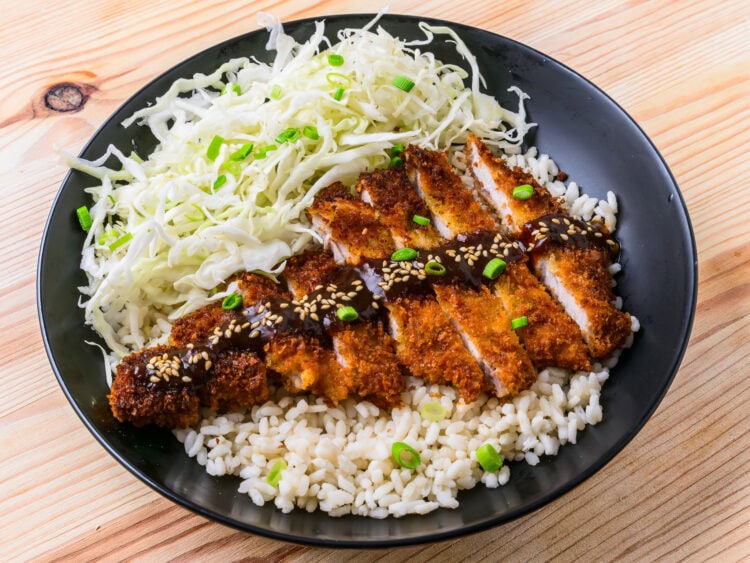A crispy Japanese tonkatsu with a simply divine miso sauce
Pop quiz: if you’ve already tried my Chicken Katsu and Pork Tonkatsu recipes, this one should already be familiar to you just by the name. The principle remains the same, or nearly so… We find the same crispy pork, but the sauce will be different.
So don’t expect the traditional special Tonkatsu sauce. In this recipe, the Miso sauce will be intense, creamy, and rich in umami.
What is Miso Katsu?
Many say that it’s a unique experience to taste Miso Katsu after being used to Tonkatsu and its famous tonkatsu sauce, and I agree! Miso Katsu is much more complex in terms of flavors.
Let’s say it’s not an “acquired” taste, and indeed, it can surprise many at first. But for those who are fans of crispy pork, it’s not a complete departure either.
As a reminder, Katsu is traditionally a protein coated in Japanese panko breadcrumbs and fried. When done well, Katsu is crispy on the outside and tender on the inside. Nothing too complicated so far for those who already knew it, but as I told you, what changes is the sauce.
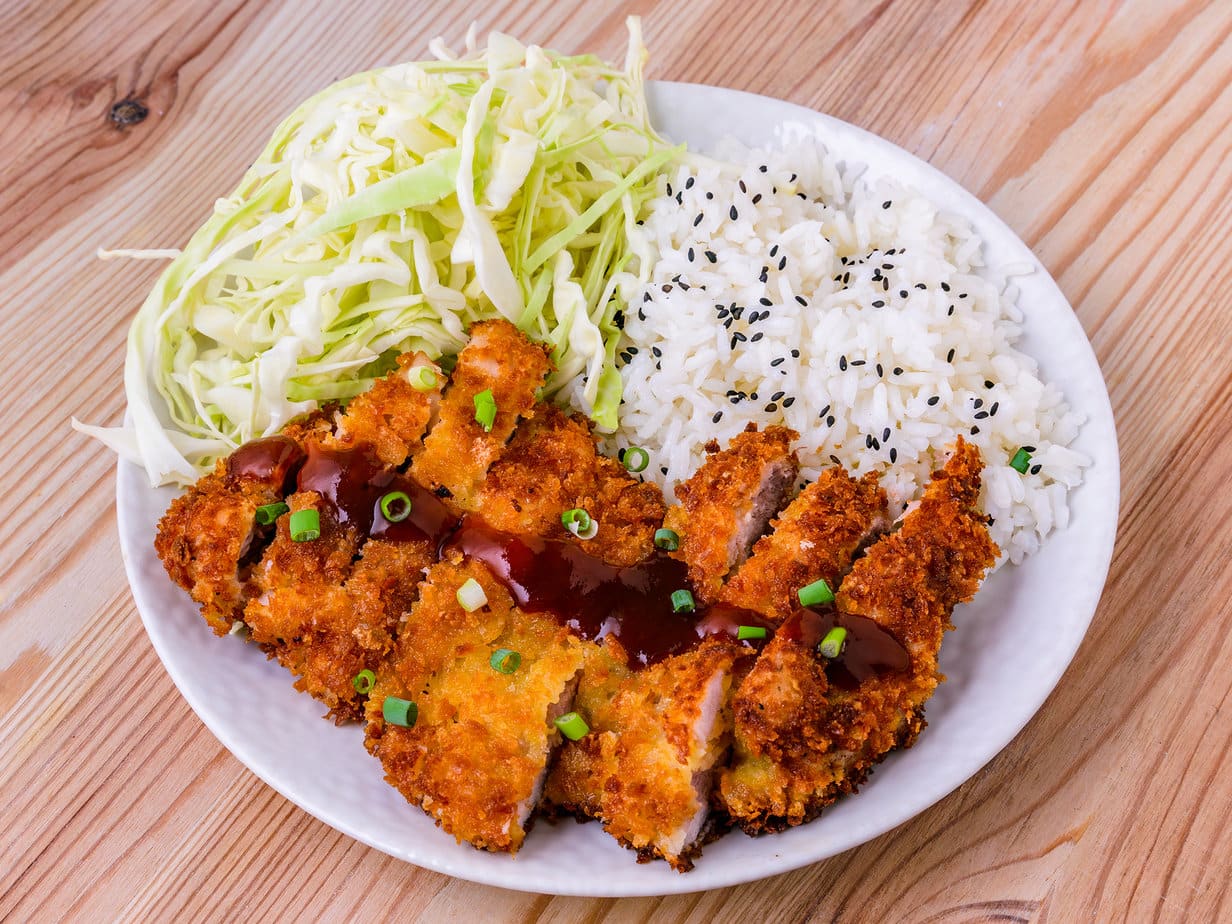
So, what’s so extraordinary about it? The Miso. Almost a magical ingredient that gives the dish all its complexity. Traditionally, the Japanese use Hatcho Miso (八丁味噌), a very dark red, almost brownish Miso paste.
Made only from soybeans, this element is quite different from the traditional beige rice-based Miso paste (Kome Miso 米味噌), both aesthetically and in terms of taste. It is noticeably less sweet to begin with. It brings a very complex taste, more bitter and richer in umami.
In this recipe, I will use red Miso, also called “Aka Miso” (赤味噌). It’s another type that remains in the same line as Hatcho Miso, a tad less strong!
The history of Miso Katsu
Miso Katsu is the pride of the Japanese city of Nagoya. Needless to say, I couldn’t talk about Miso Katsu without mentioning Tonkatsu, which ultimately allowed all possible variations in Japanese cuisine (Chicken Katsu, Katsu sando…).
Tonkatsu, in general, has its origins in what is called Yoshoku. I had already talked about it in several other recipes, like Japanese potato salad, Korokke or Omurice.
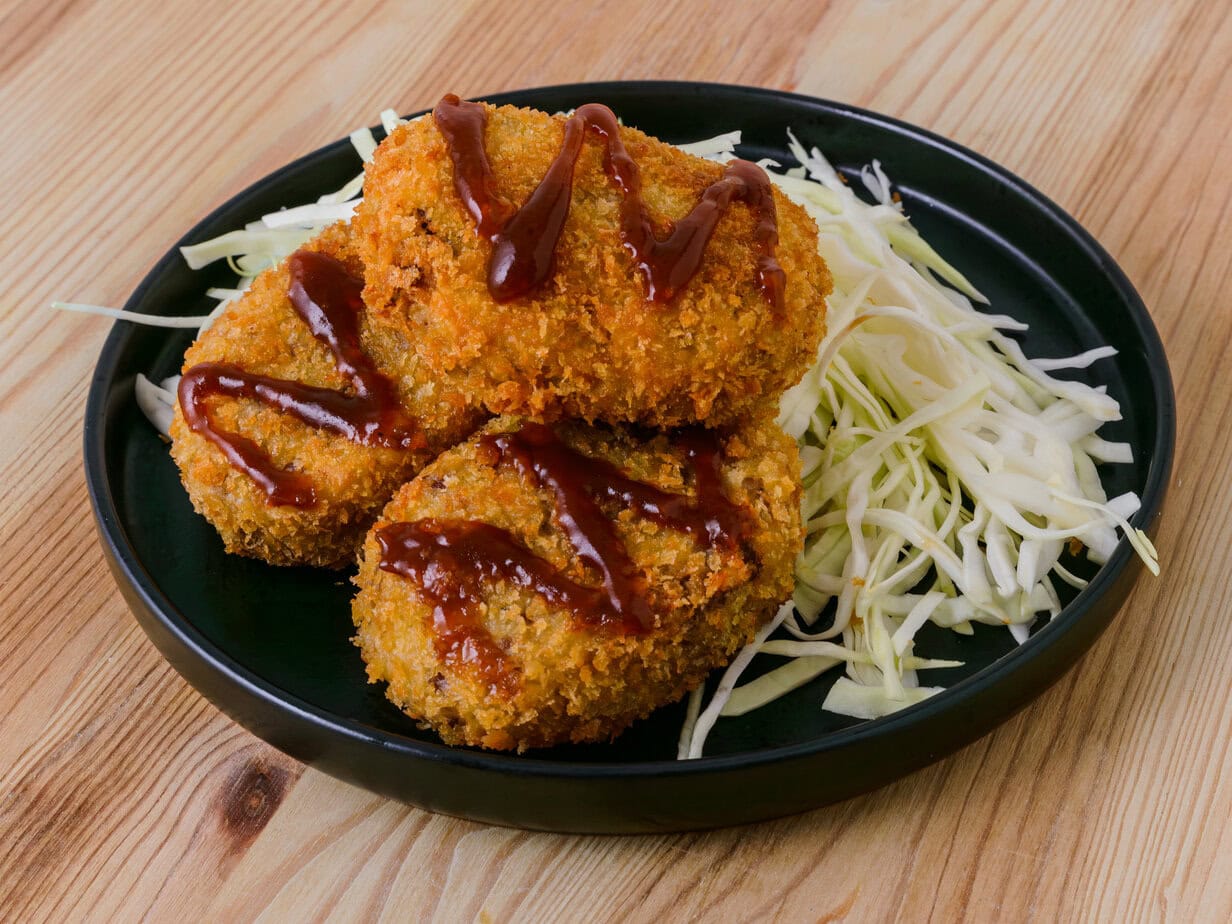
Yoshoku is a culinary movement largely inspired by Western cuisine at the end of the 19th century. At the time, this dish was called “Katsureto” before just being called “Katsu”. It was served with a thick, sweet sauce, based on ketchup and worcestershire… And then Miso Katsu was born!
The city of Nagoya is very proud of its Miso and with good reason! It therefore “rejected” the traditional sauce in favor of a Hatcho Miso-based sauce. Miso is said to have been created for the first time in a village located about 870 meters west of Okazaki Castle (not far from Nagoya therefore).
It owes its name to the village of Hatcho. It is also said that this consumption of Miso came from post-war street food. The local clientele dipped Kushi-Katsu (another dish in the Miso Katsu range, skewers of breaded and fried pork and vegetables) in Miso sauce.
In short, this is one of the variants of Tonkatsu with Nagoya sauce. You’ll see that it’s actually quite simple to make. The Miso is diluted with dashi, sugar, mirin, and sake. Bold perhaps, but delicious!
Variations of Miso Katsu
Miso Katsu is generally served sliced on breaded cabbage and covered with Miso sauce. However, there are several variations of this recipe.
For example, it can be found in the form of Miso Katsudon (味噌カツ丼), where the Katsu is served in a bowl of rice. Broadly speaking, it falls into the category of Donburi, like Tokashi Butadon, Gyudon, Oyakodon or Soboro Don. There’s also sometimes talk of “Miso Kushi Katsu”, which are small skewers of fried pork on sticks drizzled with Miso sauce.
Another possibility: Miso Katsu sandwich (味噌カツサンド), where pieces of Miso pork and cabbage are served between two slices of shokupan-style bread, similar to the katsu sando mentioned earlier.

It remains very street food once again, but that’s why we love it. Miso Katsu, regardless of its form, is a very indulgent dish and a true symbol of Nagoya culture and Japanese cuisine!
The main ingredients of Miso Katsu
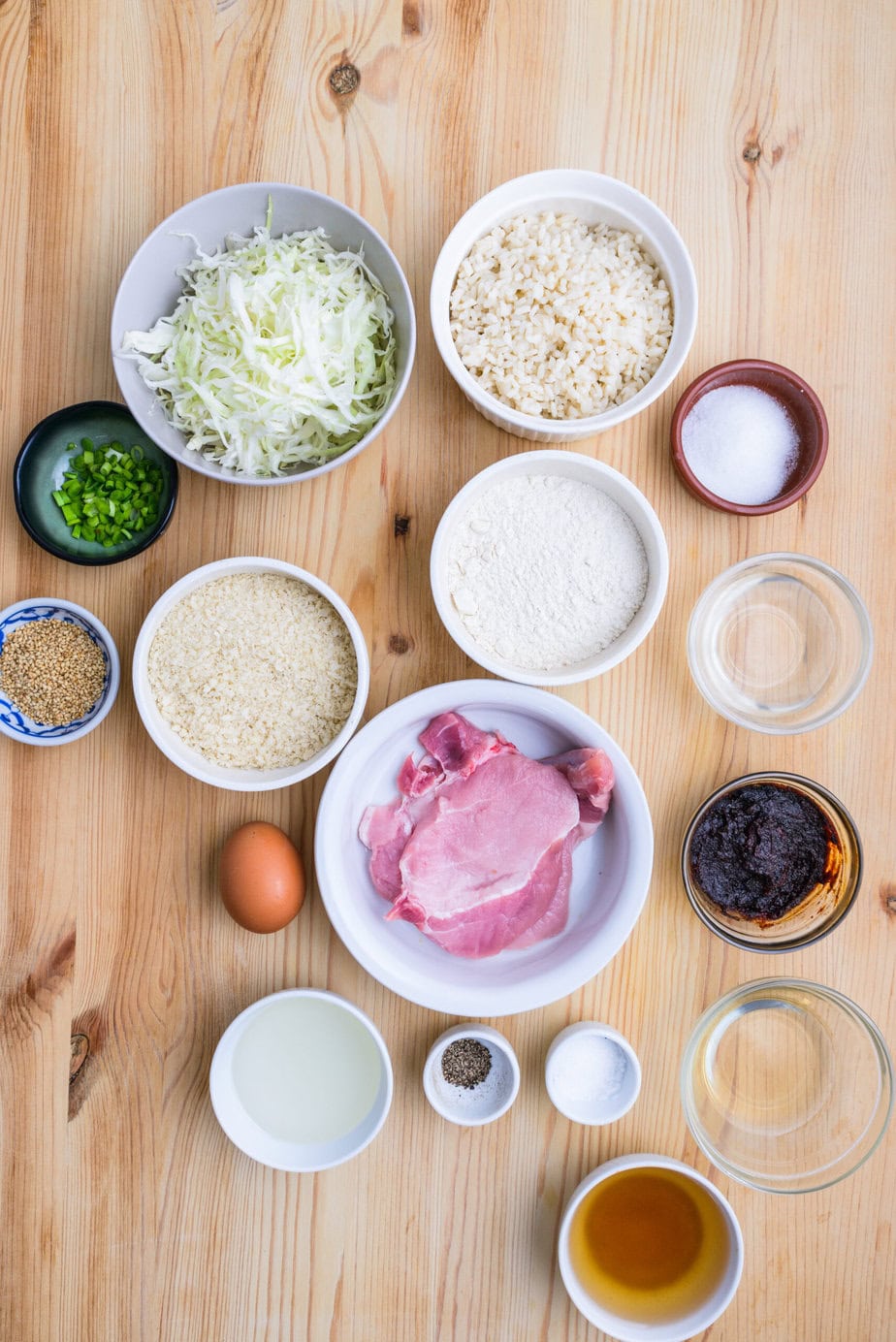
Pork chops: regulars know the drill. “Katsu” = cutlet, if we don’t consider all its variations. It’s one of the main elements of the dish, we want to achieve meat that’s crispy on the outside and tender on the inside. Like tori katsu, you can also use chicken cutlets
Cabbage: it’s often served with Miso Katsu and it’s a very good pairing. The freshness of the cabbage really helps to balance the rich and hearty aspect of the rest of the dish. Rather than serving it in whole leaves, I recommend grating the cabbage.
Red Miso: the star of the dish. Essentially, it’s a fermented soybean paste, very rich in umami, which pairs particularly well with pork. There are several varieties of Miso, as you’ll quickly see in my guide on Miso.
The one we’ll use has a deeper and earthier taste than the others. I invite you to choose your Miso very carefully, you’ll have a good experience!
Sake: to have in your cupboards if you’re a Japanese cuisine enthusiast. Sake brings a floral nuance to dishes that, like Miso Katsu, need a touch of sweetness. This is also the case for Miso-marinated salmon for example.
Mirin: like sake, it brings sweetness to the dish; note that it is significantly sweeter. This won’t be a problem at all in this recipe, given that Miso needs this balance to be flavorful.
Dashi: the very basis of umami flavor. Dashi is used extensively in Japanese cuisine, as a broth… Like in Miso soup. And yes, more Miso.
Rice: japonica to stay true to Japanese traditions and varieties. Rice helps balance the flavors of the dish and also does justice to this famous Miso sauce. And, incidentally, it adds some substance.
Panko breadcrumbs: in the Tonkatsu starter pack, you’ll find panko breadcrumbs. It’s an essential in Asian cuisine when we start talking about frying.
It’s found in many recipes, like Tsukune or Japanese meatballs. Panko is lighter and crispier than traditional breadcrumbs from our regions.
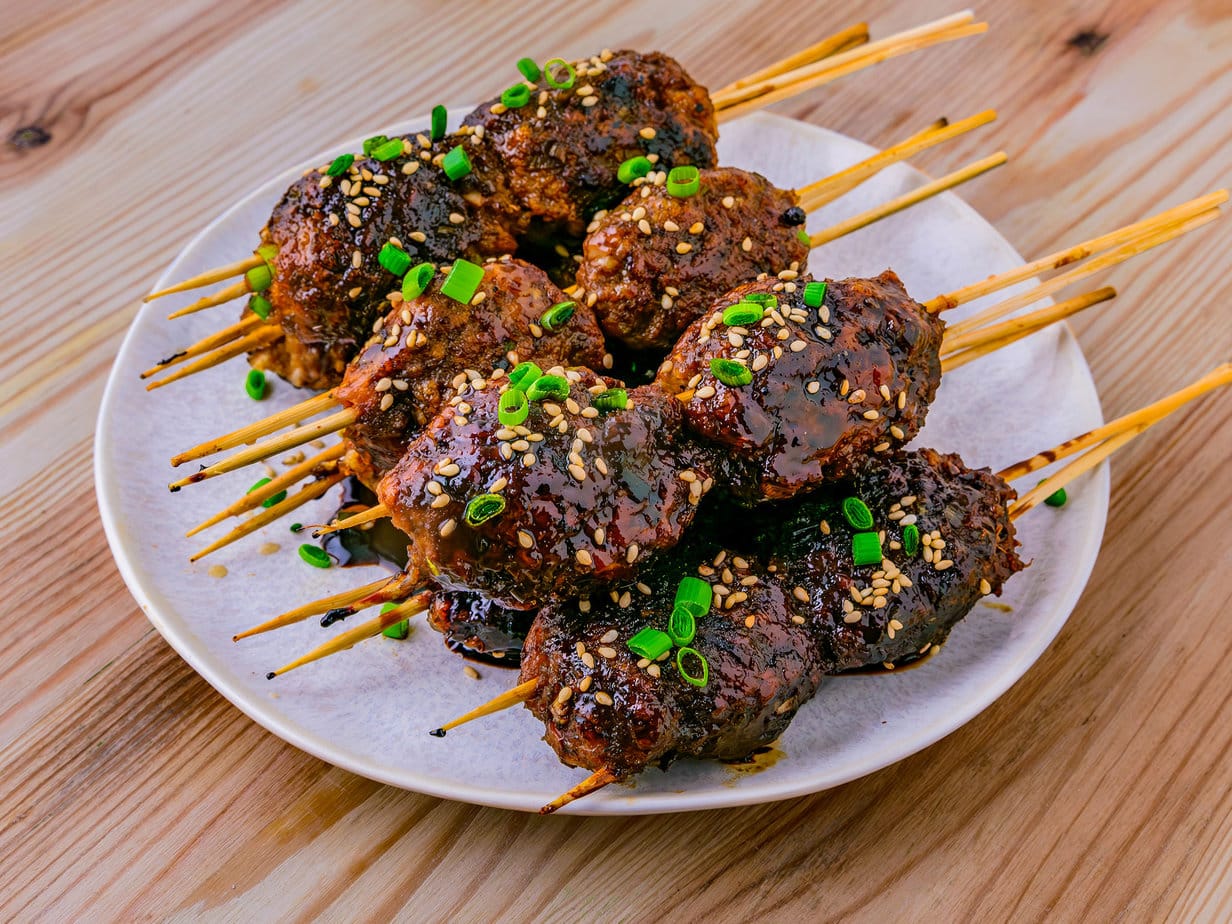
Tips for successful Miso Katsu
A few tips and tricks before you start… First of all, I advise you to prepare your meat well. By that, I mean making slits between the meat and the fat of your pork cut. Why? The meat and fat have different elasticities, so they can cook in completely different ways, shrink and expand at different rates as well. Scoring it will prevent the meat from curling up on itself.
Still with the same objective in mind, don’t forget to pound both sides of the meat with a tenderizer or even the back of a knife to soften it and give it a uniform thickness.
Another little trick: when you have finished the first frying of the meat, take it out and let it rest for a few minutes before frying it a second time. Crispy texture guaranteed! No way to fry? Try my recipe for Tonkatsu in the air fryer.
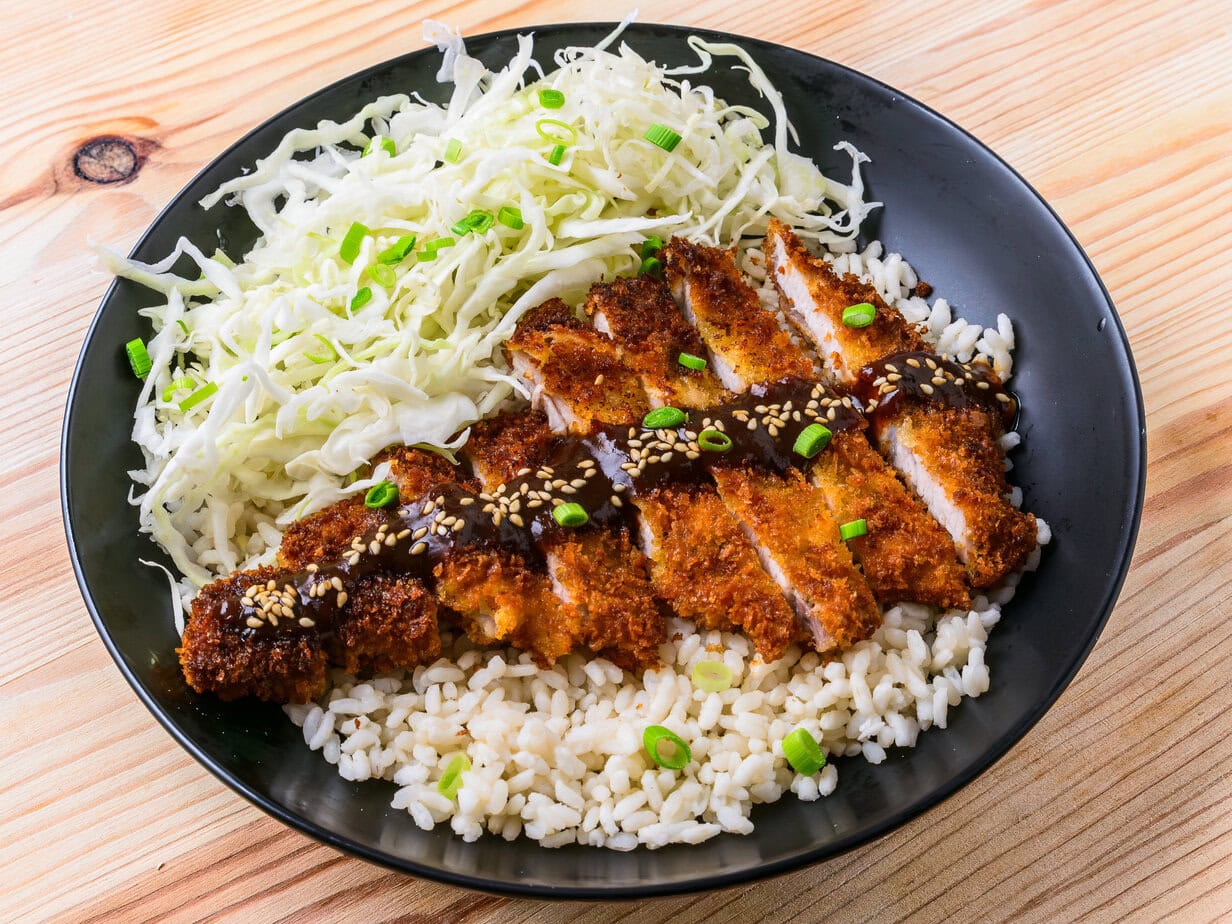
Miso Katsu – Tonkatsu with Miso Sauce
Equipment
- Asian fried food
Ingredients
For the Tonkatsu
- 2 pork chops boneless
- Salt
- Black pepper
- Oil for frying
- 2 portions sushi rice cooked
Breadcrumbs
- 1 large egg beaten in a bowl
- 2 tablespoons wheat flour in a deep plate
- 1 deep plate of panko breadcrumbs
Miso sauce
- 4 tablespoons of sake
- 60 g of red miso
- 2 tablespoon of sugar
- 2 tablespoons of mirin
- 180 ml of dashi homemade or prepared from dashi powder
For garnish
- Green onions thinly sliced
- Chinese cabbage grated
Instructions
Miso sauce
- In a small saucepan, heat the mirin and sake over high heat for max 2 min2 tablespoons of mirin, 4 tablespoons of sake
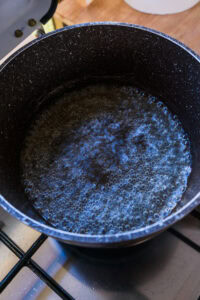
- Reduce heat to low and add sugar, dashi, and miso. Mix well60 g of red miso, 2 tablespoon of sugar, 180 ml of dashi
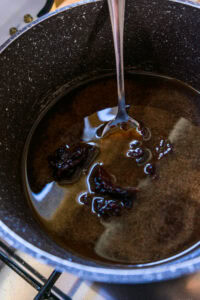
- Continue stirring for a few minutes (3-4), until the sauce thickens.
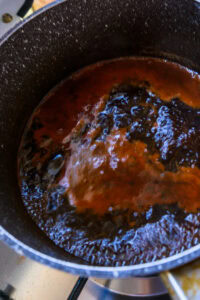
- Turn off the heat and set aside
Tonkatsu
- Flatten the pork chops until they have a uniform thickness, season with salt and pepper.Salt, Black pepper, 2 pork chops

- First dip in flour, press well and shake off excess.2 tablespoons wheat flour

- Then dip in beaten egg.1 large egg
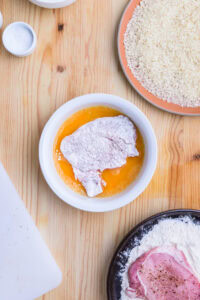
- Finally, dip in panko breadcrumbs, press well and shake off excess.1 deep plate of panko breadcrumbs
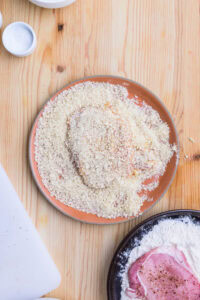
- Fry for 1 minute on each side at 180 degrees Celsius.Oil

- Let rest for 5 minutes.
- Fry again for 1 min on each side.
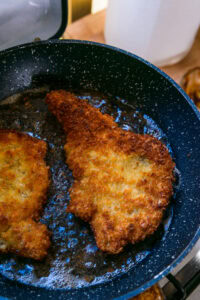
- Let rest for 2 minutes before cutting.
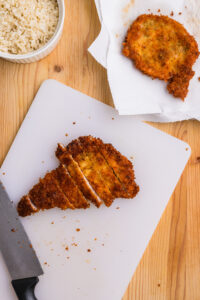
Plating
- Place hot rice in bowls2 portions sushi rice
- Place some grated cabbageChinese cabbage
- Place the sliced tonkatsu
- Drizzle generously with miso sauce
- Garnish with green onionsGreen onions
